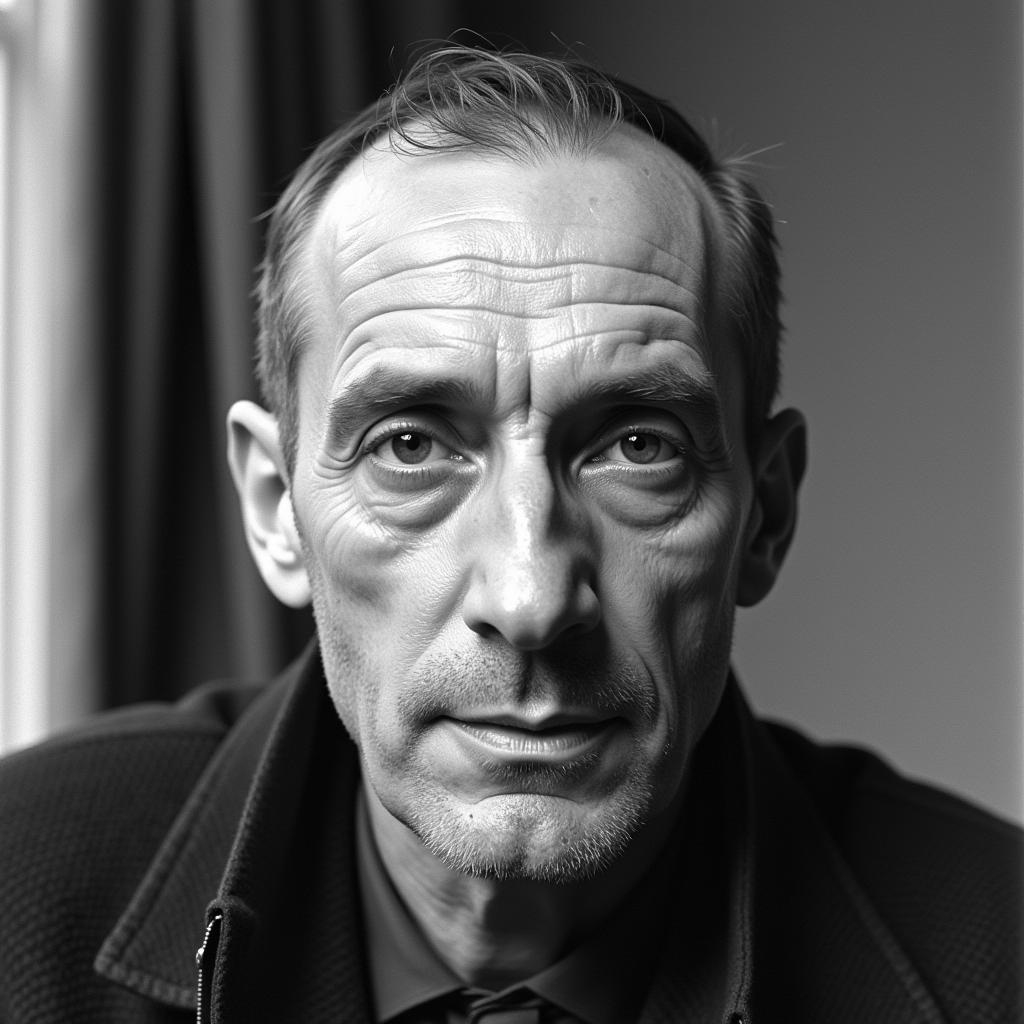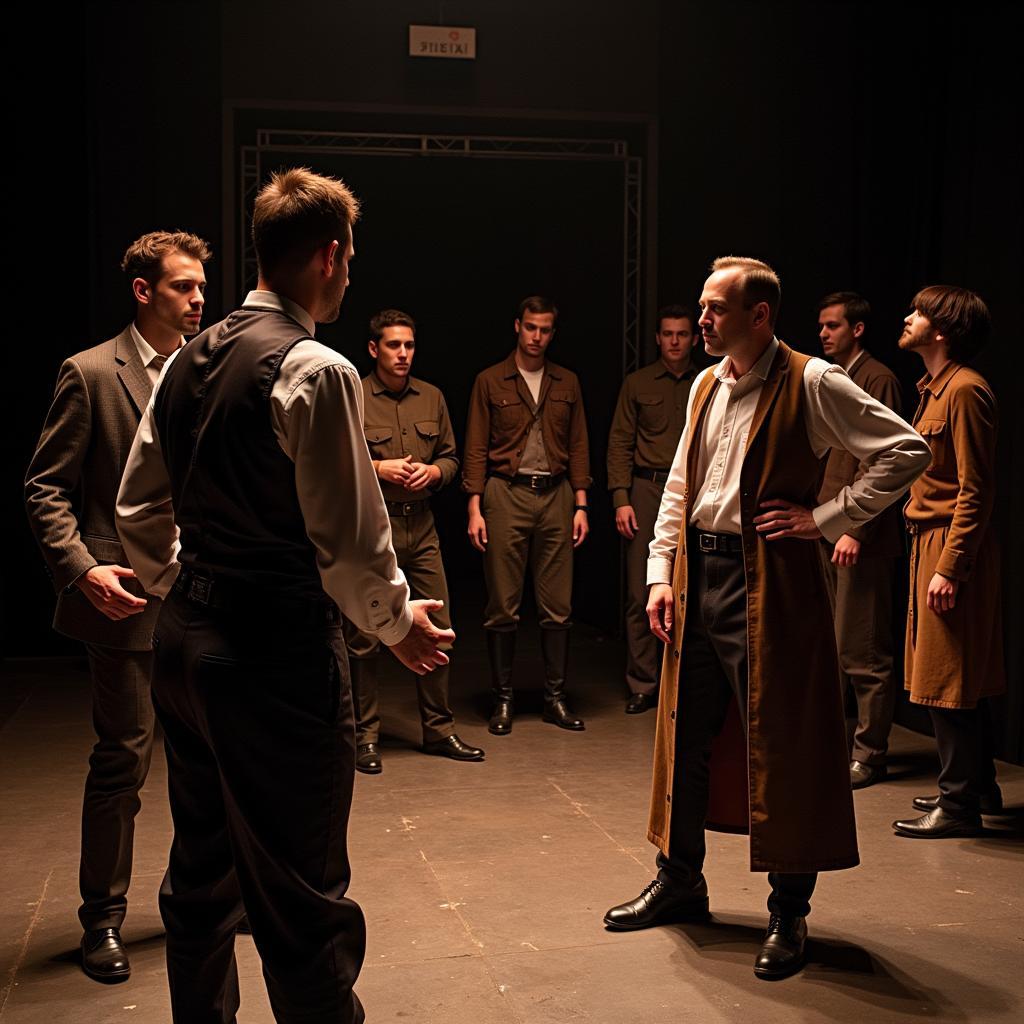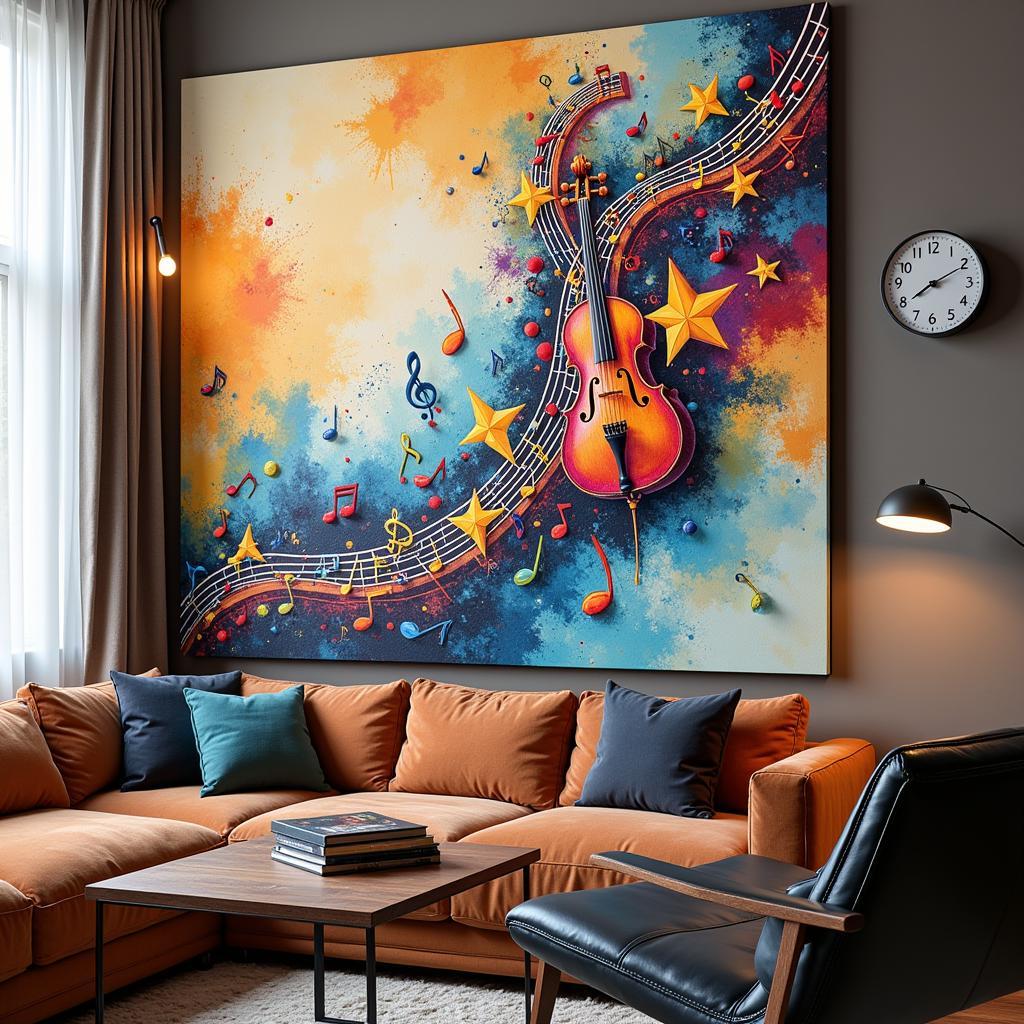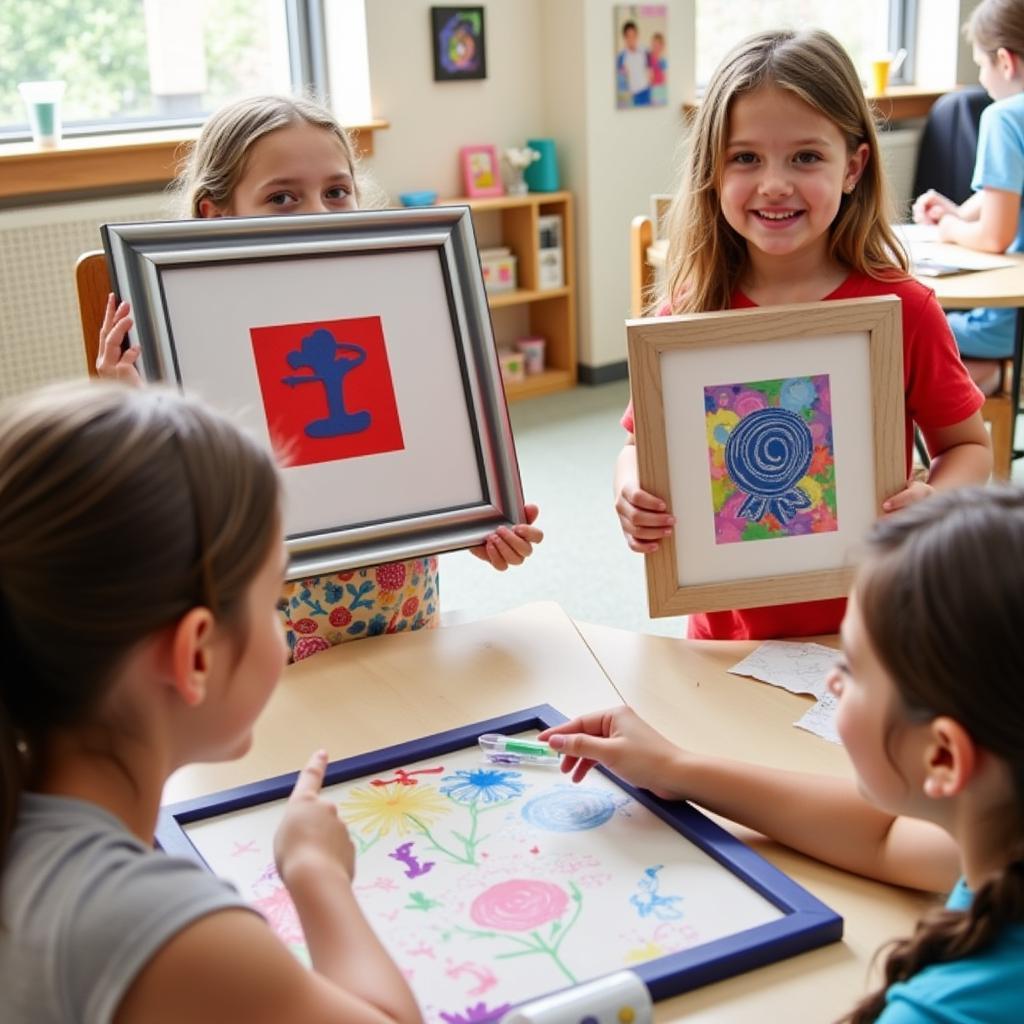“Art is Not a Mirror”: Deconstructing Brecht’s Provocative Claim
“Art is not a mirror held up to reality but a hammer with which to shape it.” This famous quote, attributed to the influential German playwright and poet Bertolt Brecht, has sparked countless debates and interpretations in the art world and beyond. What did Brecht truly mean by this powerful statement, and how does it resonate with the creation and consumption of art today?
 Portrait of Bertolt Brecht
Portrait of Bertolt Brecht
Reflecting Reality or Shaping It?
At first glance, Brecht’s words seem to challenge the traditional notion of art as a reflection of life. For centuries, art has been seen as a way to imitate, capture, and comment on the world around us. From the realistic paintings of the Renaissance to the naturalistic plays of the 19th century, artists have often strived to hold up a mirror to society, revealing its beauty, its ugliness, and everything in between.
However, Brecht, a staunch Marxist and a champion of social change, argued for a more active and transformative role of art. He believed that art should not merely reflect reality passively but should actively engage with it, challenge it, and even seek to reshape it.
The Hammer and Its Impact
But what exactly is the “hammer” that Brecht refers to, and how does it operate within the realm of art? The hammer symbolizes the power of art to provoke, to challenge, and to inspire critical thinking. It represents the ability of art to break down existing structures, dismantle preconceived notions, and ultimately pave the way for a more just and equitable society.
 A scene from Bertolt Brecht's 'Mother Courage and Her Children'
A scene from Bertolt Brecht's 'Mother Courage and Her Children'
Brecht’s own theatrical innovations exemplify this approach. He developed the concept of “epic theatre,” a style that employed techniques like alienation, breaking the fourth wall, and using placards to distance the audience from the narrative. This deliberate distancing aimed to prevent emotional immersion and instead encourage critical analysis of the play’s themes and messages.
Art as a Catalyst for Change
Brecht’s vision of art extends beyond the confines of traditional art forms. It encompasses any creative act that seeks to challenge the status quo and ignite social change. From protest songs and political cartoons to street art and performance art, countless examples demonstrate the power of art as a tool for social commentary, activism, and revolution.
The Enduring Legacy of Brecht’s Vision
While Brecht’s ideas were deeply rooted in the sociopolitical context of his time, his legacy continues to resonate with artists and audiences alike. In a world grappling with complex issues like social injustice, climate change, and political polarization, the call for art that not only reflects but also shapes reality remains as relevant as ever.
Ultimately, Brecht’s provocative statement serves as a powerful reminder of the transformative potential of art. It urges us to view art not as a passive reflection of the world but as an active force capable of challenging norms, sparking dialogue, and inspiring meaningful change.




